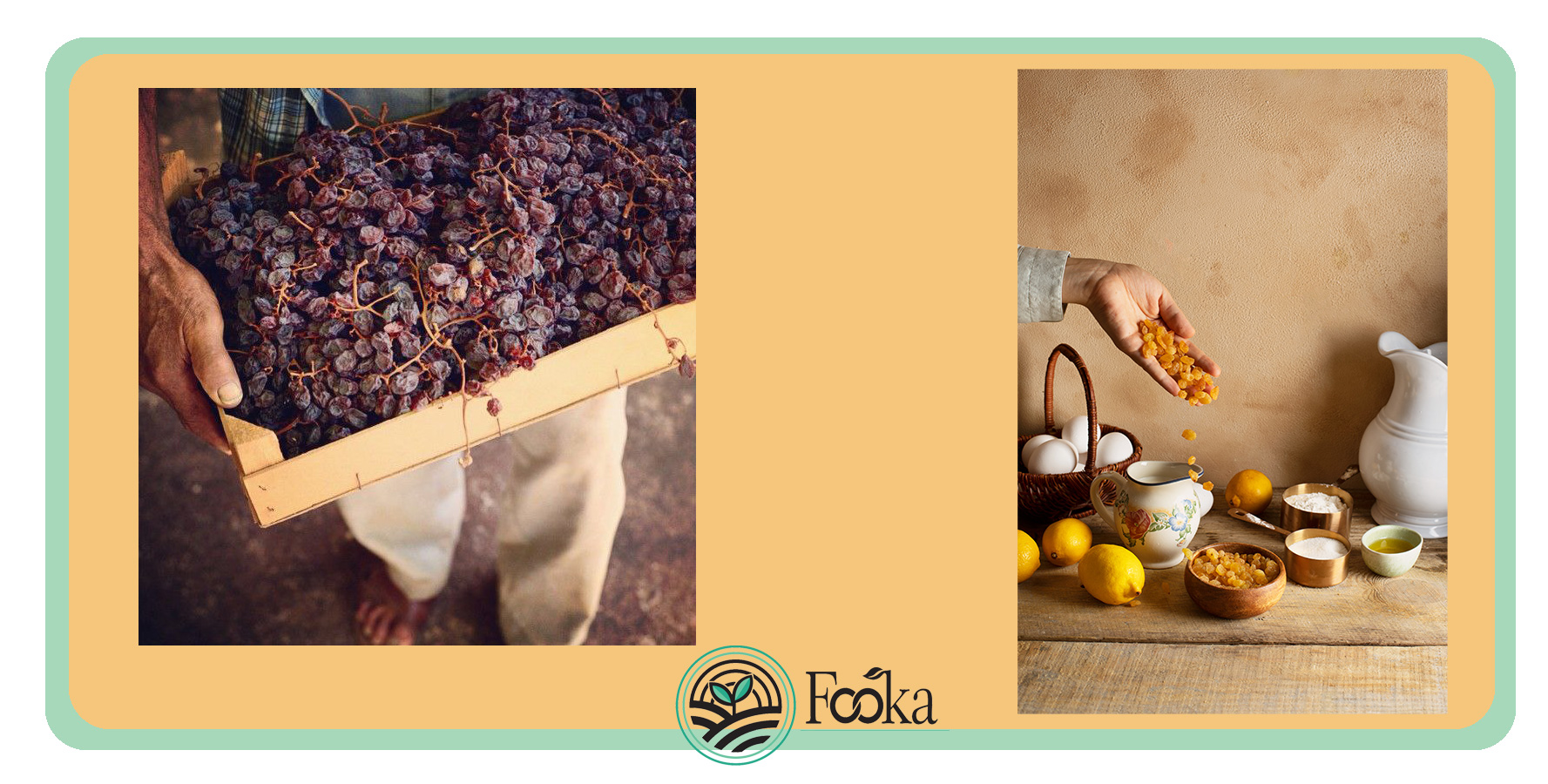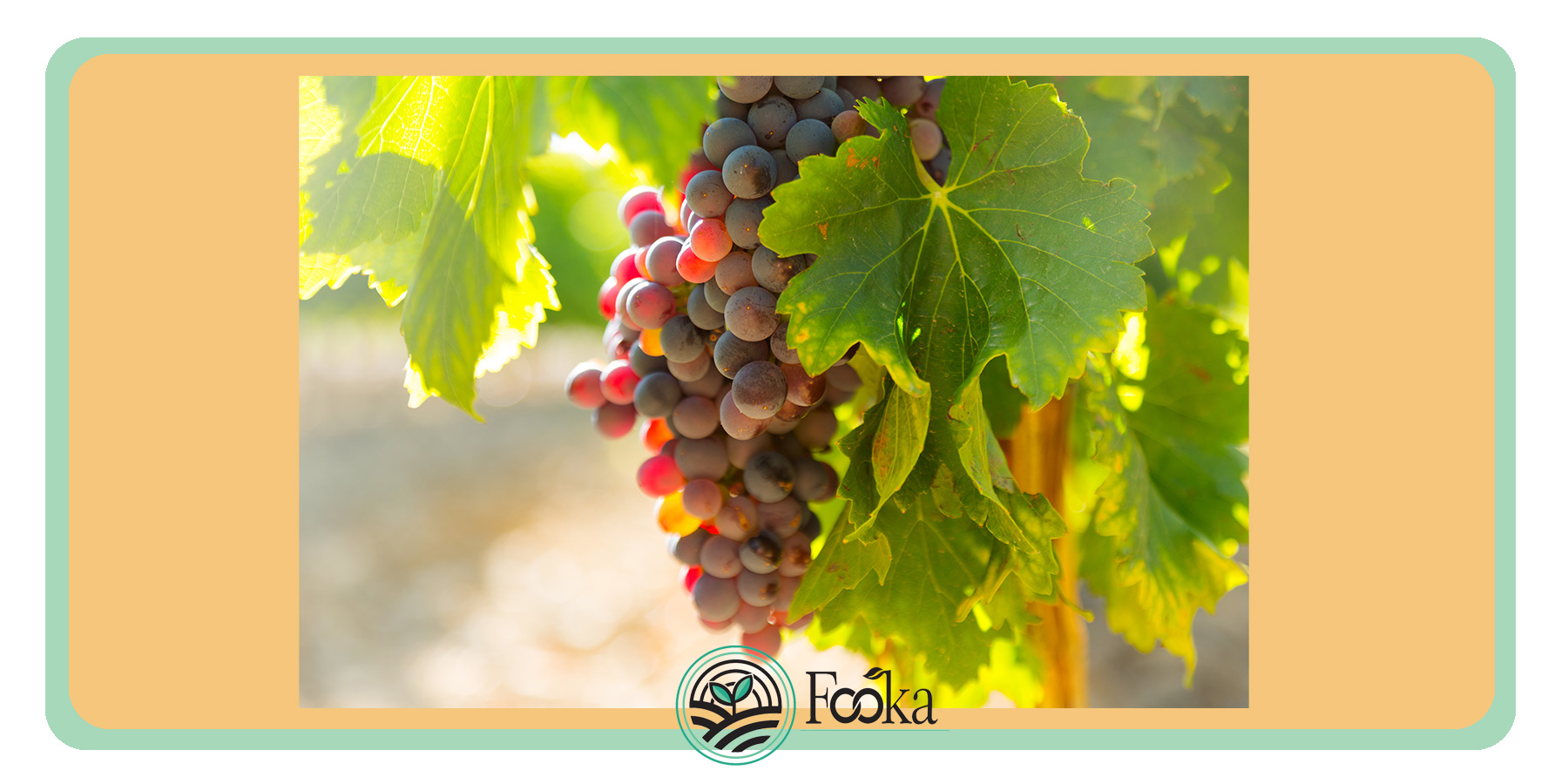Among all those different snacks, from different brands of chocolate to many types of cookies, raisins seem a little bit old-fashioned. history of raisins are indeed older than many of the foods we know. This classic snack has kept people company all over the world for centuries. The preparation of these dried grapes does not necessarily require modern facilities, and as a result, it was possible to prepare them in the past. But exactly since when have they been added to the long list of human foods? How were they produced in the past and what were they used for? These are the questions we are going to answer to in this article.
Where does the word »raisin« come from and what does it mean?
This English word finds its roots in Latin. The Latin word racemus means “a handful of grapes”. Old French, which is strongly connected to Latin has taken the word “raisin” which in modern French means “grape” itself. Middle English has loaned this word from Old French and since then this word is used to describe dried grapes. This snack has been known by many other names; for example, people call them Kismis, which is originally a Persian name as Iran has always been one of the main exporters of this snack.

<< different types of raisins >>
Beginning of the history of raisins in Asia
The raisin history dates back nearly 6000 years before the Christian era in the lands of Armenia. Egypt and iran raisins history, have been known as the most ancient producers of raisins for 2000 years before the Christina. The Egyptians believed that this fruit was a symbol of life and rebirth and used it during the funerals of the pharaohs.
It is not surprising to know that the first raisins have been found nearly with the appearance of grapes in history; Some unharvested grapes probably were left under the sun and got dried, then someone would try them to realize they actually taste good. Soon after that, raisins entered the field of food and medicine and became popular in the Middle East. Even at one time in ancient Rome, grapes were considered so valuable that two jars of it could buy a slave. Since then, countries such as Egypt, Persia, and Greece became the main producers of raisins.
Grapes from which raisins were first produced around 2000 years BC for the first time in Iran and Egypt. According to the reports, the countries of Iran, Turkey, and the United States, respectively, have the highest amount of raisin production in the world.

How raisins reached Europe and America
It took many years for raisins to reach Europe as the methods of transportation weren’t good enough before. The history of raisins in Europe starts in the 11th century as the warriors of the Crusades brought them to Europe. At that time, shipping methods had reached a certain improvement, enough to be capable of sending raisins to Europe. This product soon became popular in European countries such as England, France, and Germany.
As demands for raisins raised and their price went up drastically, viticulture started to become more and more common in European countries and soon they were able to produce only a small amount of it, as the climate in these countries was more suited for wine production than raisin drying.
Spain was one of the leading countries among European countries that produced raisins, and thanks to them, raisins soon crossed the seas and reached America, and their cultivation and production became common in cities such as Mexico and California. This is a turning point in the history of raisins in the world as, from that point, California became one of the greatest producers of raisins as they found out that turning grapes into raisins was far more financially beneficial for them than turning them into wine.
But this wasn’t the end of raisin’s journey across the universe. In 1962, the very first handful of raisins went to space to be consumed by astronaut Scott Carpenter, the very first person to eat raisins in space! This probably won’t be the end of how far raisins will accompany people; wherever humans go, raisins will follow.
<< benefits of raisins >>
Golden raisins and Middle East
As mentioned above, Middle East countries are one of the oldest producers of raisins. Many of these civilizations were still capable to keep producing them as time passed and new competitors entered the market of this product. Although California has gone high enough to be in the top three list of largest raisin producers in the world, Turkey and Iran, both of which have been the world’s famous raisin producers from the past to the present, have established their place in this list and the competition between them is quite tight.

The reason may be that alongside other types of raisins, Iranian Golden raisin has always been a popular type of raisin around the world which is made from a seedless grape called Sultana, and Sultanas are originally cultivated in countries such as Iran and Turkey.
Conclusion history of raisins
The history of golden raisins and other types of raisins still needs to be studied more as they have been with humans since long ago. Ancient murals, religious texts, poetry, literature and even the very first fiction ever written by human beings, The Epic of Gilgamesh, have all mentioned this ancient snack. Its medical value, sweet and delicious taste, and high durability has led to it being loved by people from all over the world with any taste and preference.
Fooka was born in a land where the history of raisin production dates back to before the Christian era and is still one of the most popular exporters of this product. people gathered in this team are all trying to pay tribute to this old tradition in Iran and offer you the highest quality iranian raisins . We are overjoyed to be part of this long journey of raisins through history.
